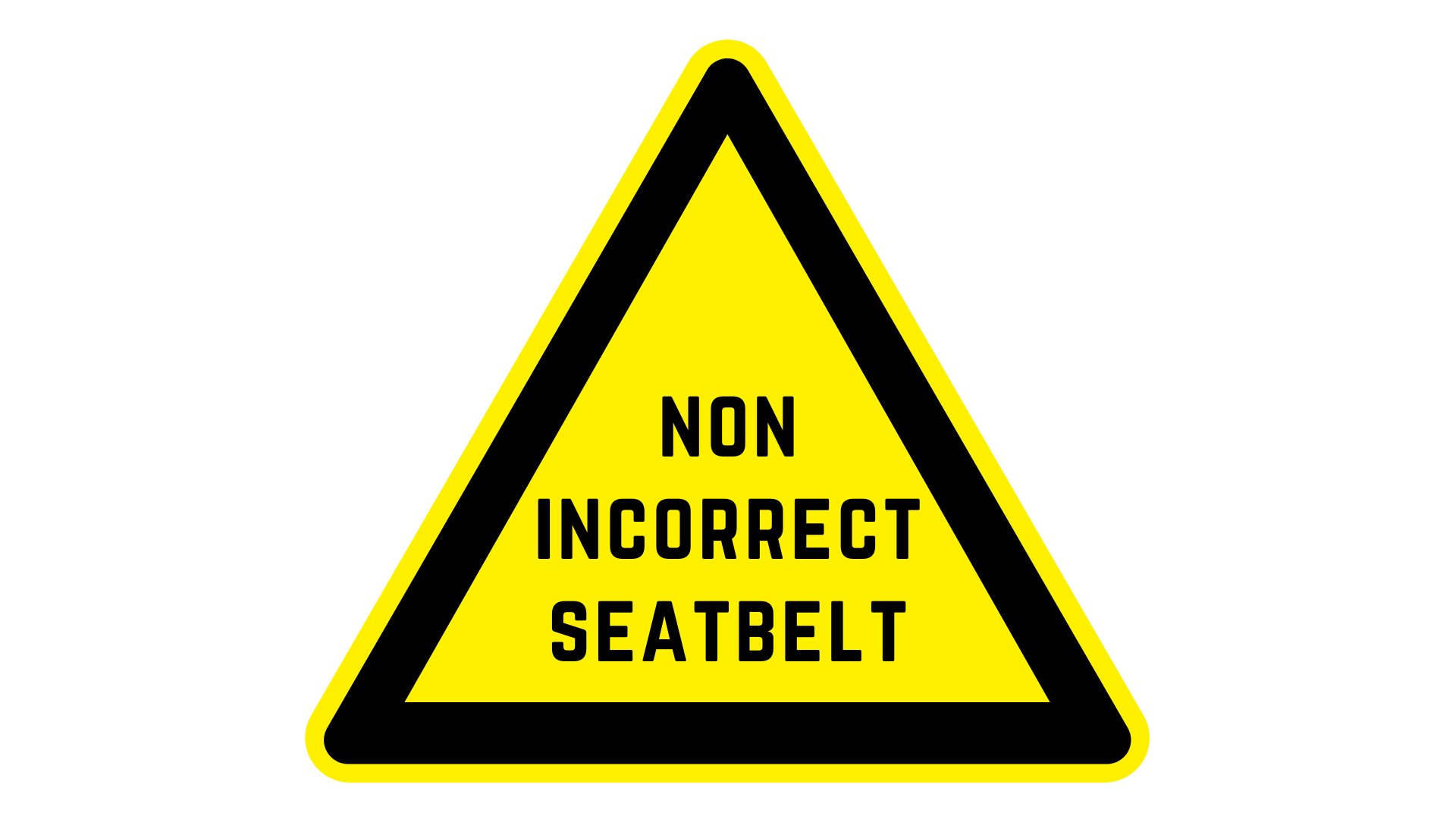
‘THE IMPACT ZONE’ IS A POSITION SURFERS DON’T WANT TO FIND THEMSELVES IN AS IT’S THE AREA WHERE WAVES BREAK HEAVILY ON TOP OF SURFERS. THE IMPACT ZONE ROAD SAFETY EDUCATION CAMPAIGN TARGETS ‘THE FATAL FIVE’ DRIVING BEHAVIOURS AND PROMOTES SAFER ALTERNATIVES TO YOUNG DRIVERS IN THE SURFING COMMUNITY ON THE GOLD COAST AND SUNSHINE COAST.
WHILE RISK-TAKING IS NECESSARY FOR THE SPORT OF SURFING, UNFORTUNATELY, IT’S OFTEN TRANSLATED INTO SURFER’S DRIVING BEHAVIOURS. BY UTILISING THE SYNERGIES BETWEEN SURFING AND DRIVING, WE AIM TO ENGAGE SURFERS AND REDUCE THEIR RISK OF BEING CAUGHT IN THE IMPACT ZONE ON QUEENSLAND ROADS.

Surfers will communicate with each other via text message to agree on
their surfing location. surfers also check the forecast and surf
conditions via online web cameras, creating another distraction whilst
driving to the surf. driver distraction is highly prevalent amongst the
surfing community as it’s extremely common for surfers to use their
devices prior/post-surf whilst driving.

Surfing conditions are often best in the morning or late afternoon,
therefore the majority of surfers wake up early for a surf or paddle out
at the end of the day, often after work. driver fatigue is a behaviour that
often goes unnoticed until a catastrophe occurs, in addition to this
prevalent behaviour amongst surfers, the activity of surfing itself also
results in high physical fatigue, to which a surfer will likely find
him/herself driving afterwards.

Seatbelt wearing is an issue amongst young drivers particularly due to
the complacency that comes with a lack of driving experience. surfers
often jump in their cars before or after a surf without buckling up
properly or at all. this behaviour seems to be risk associated, for
example, a surfer may not buckle up for the first minute of their drive
because they might perceive the risk to be small so they disregarding
prioritising properly buckling up.

Surfers often drive from beach to beach in search of the perfect wave.
this behaviour can easily result in surfers speeding for a number of
reasons, including surfing with a friend, maximising time in the water or
optimising the best surfing conditions. it’s also common for surfers to be
in a rush, to get to work or to take the kids to school for example. this
behaviour is also seen in winter with less sunlight in the day.

Drug and alcohol use is notorious among young drivers, so it’s imperative
to educate the surfing community on the consequences involved with
driving under the influence. the surf culture is known to frequently
consume alcohol on a social basis. it’s common for surfers to enjoy a few
drinks together after a surf, putting themselves at risk of driving home
under the influence. the “it’ll be right” attitude amongst surfers is due to
the perception that it’s a common practice for peers to drive home while
intoxicated or under the influence of drugs without an incident occurring.

